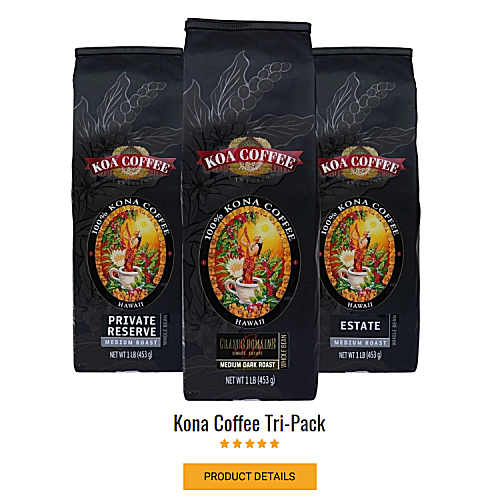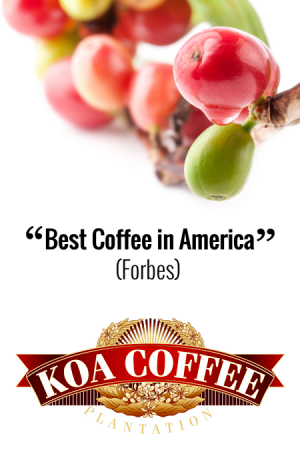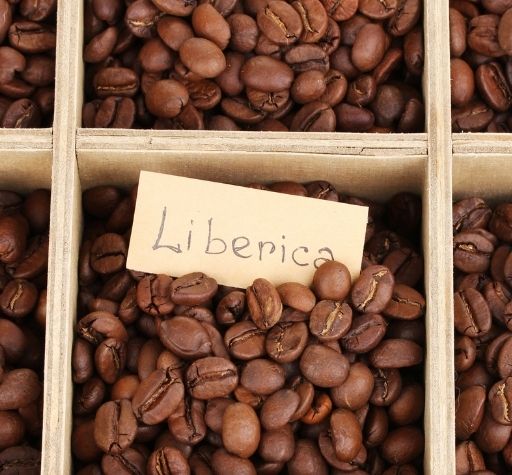Conversations about coffee and coffee beans tend to be dominated by the two most popular species: Arabica and Robusta; the third variety, Liberica, and Excelsa, will occasionally be mentioned. There is so much that is yet to be known about Excelsa. It was only within the past 15-20 years that it was determined to be a variety of Liberica. Before that, it was thought to be the fourth species of the coffee plant. Despite the distinction, the debate remains. So, what is Excelsa Coffee?
To know more about Excelsa, we will do a deep dive, learning about such aspects as its origins, unique characteristics, and flavor profile.
Origins of Excelsa
The origin of Excelsa can be traced back to Western Africa, specifically, the country of Chad. Like Liberica, it has roots in Africa but has been cultivated in other parts of the world. It was first discovered in the early 1900s, a recent one considering that coffee has been around for centuries!
These days, Southeast Asian countries are some of the significant producers of Excelsa (Indonesia, Philippines, Vietnam, and Malaysia). In the Philippines, Liberica has replaced arabica as the primary.

Before Excelsa came to be, arabica was the most widely consumed type of coffee around the world. This is attributed to low acidity and mild taste, which makes it more enjoyable for coffee drinkers. Robusta was the second most popular. As the name suggests, it has a robust flavor profile and has a higher caffeine level. Whereas arabica is best taken black, Robusta is usually mixed with some sugar and milk to tone down the bitterness. Liberica had its moment in the spotlight when an outbreak of coffee leaf rust threatened the supply of arabica. Because the Liberica plant is resilient to this particular disease, it became an alternative. Sadly, once the coffee leaf rust outbreak was over, the demand for arabica increased, pushing Liberica back to the sidelines.
Liberica and Excelsa Coffee
There is still a lot of confusion about Excelsa. It was only in the last 15-20 years when it was classified as a variety of Liberia coffee, not a species on its own. However, there are a lot of overlapping similarities and differences between the two. Both plants grow quite tall and produce a lot of coffee cherries in one harvest. Liberica has almond-shaped beans, while Excelsa beans are small and round.
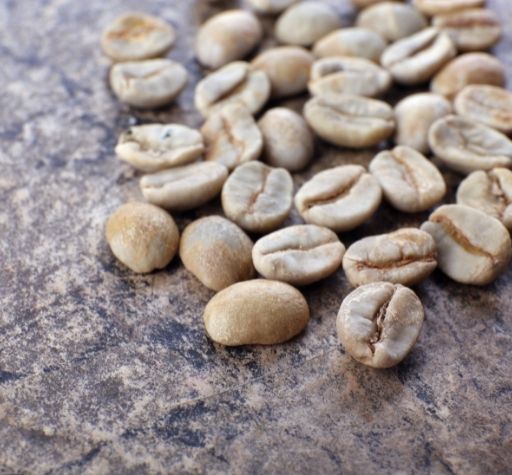
Farmers and suppliers simply put them together in one category for convenience since there is so little of it in circulation. The demand for Excelsa is relatively low. It’s more sustainable and practical to mix both to push both Excelsa and Liberica into the market despite being in limited quantities.
Characteristics of Excelsa Coffee
When describing the Excelsa “plant,” it’s almost better to refer to it as a tree because it grows pretty tall and has large, leathery leaves, and produces a higher amount of beans compared to Arabica and Robusta. Although it is considered a “productive” plant due to the high volume of beans that can be harvested at one time, the ripening period actually takes about 12 to 14 months. It is also said to be high maintenance because it requires special skills and techniques when caring for the plant and when harvesting. In addition, Excelsa is resistant to diseases that other types are vulnerable to: coffee leaf rust, coffee leaf miner moth, but vulnerable to trichomycosis (fungus).
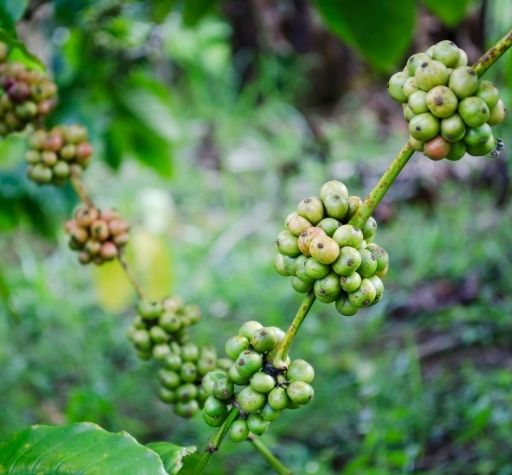
Although it is a variant of Liberica, which is one of three major species of coffee in the market, it is considered rare. If you’re in Africa or Southeast Asia, you find it in supermarkets, but in America and Europe, you must source beans from specialty coffee shops or even online to get in touch with sellers.
Excelsa does not have as wide of a reach as Robusta and Arabica, but some specialty coffee suppliers and stores might have limited quantities of it. So if you’re just trying it out, be prepared to pay a slightly higher price.
Excelsa’s Flavor
Excelsa has a strong and earthy flavor. It is very aromatic, like Liberica. Excelsa is usually mixed with other varieties. It has a strong flavor, so blending it with different types of coffee will make it more palatable.
Excelsa is best roasted at higher temperatures and in more extended periods, as this will bring out the best flavor. The light to medium roast beans is thought to have berry and fruity notes, while the dark roast is said to have chocolatey notes. Its unique attributes are known to connoisseurs, which is partly why the demand for Excelsa does not decline even if it’s limited.
Some Barriers to Production
Excelsa plants can grow up to 15 to 20 m tall. Although they are thought to be productive plants, they require more manpower during harvest, which can add to production costs. Many farmers hesitate to plant Excelsa in more significant numbers because of the limited demand for Excelsa. As a result, not many people are aware of it, and not enough people prefer it.

The aforementioned confusion and debate about Liberica and Excelsa does not help as well. The lack of an “identity” does not make it marketable, which is why it can’t quite compete with the likes of Arabica and Robusta.
A sustainable solution
Arabica and Robusta trees need to grow in higher altitudes. Therefore, it is not uncommon to find hectares of coffee farms in cold, mountainous areas. However, finding suitable land to grow these coffee plants may prove to be a challenge due to climate change. As the world becomes warmer and natural calamities threaten to destroy farmland, farmers will search for higher land.
Liberica and Excelsa plants offer an alternative as these survive in lower altitudes. Compared to the other species, it does not require much water to cultivate thrives in places with little to no rainfall.
Breaking into the mainstream
However, since Liberica, especially Excelsa, are still a mystery, there must be more awareness about this type of coffee. This awareness can eventually allow Excelsa to expand from its niche and slowly become recognized as a sustainable solution for coffee producers.
The data needs to show the benefits of planting Excelsa. Aside from having its unique flavor, it can be celebrated for offering a long-term solution to coffee production. This data needs to be available to suppliers and farmers to encourage them to keep up with production.
Excelsa is rare yet not unfamiliar to coffee connoisseurs and coffee drinkers in Asia and Africa. It has a lot of potentials. Hopefully, in the years moving forward, more and more farmers, producers, suppliers, and consumers of coffee can welcome Excelsa and make it available to a broader market.
IF YOU’VE ENJOYED THIS ARTICLE, GIVE IT A PIN!

